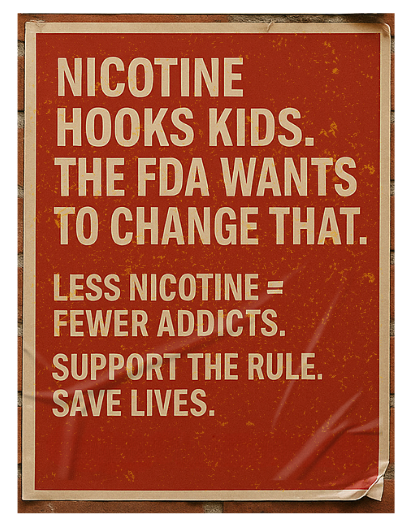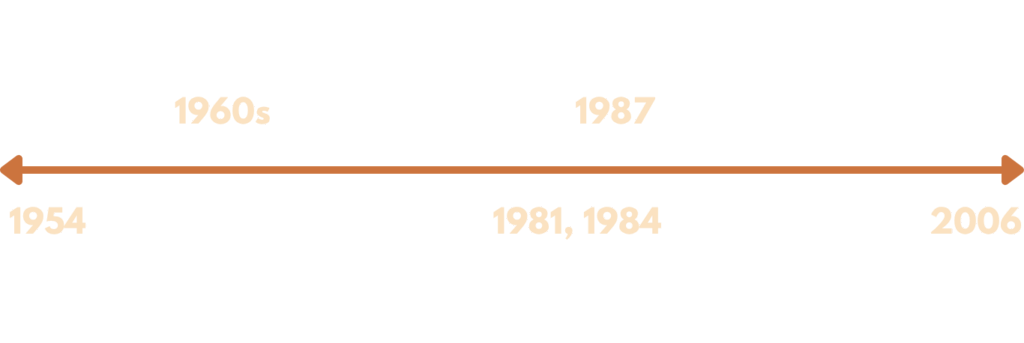THE HISTORY
Are tobacco companies responsible for addiction?
- Yes. Tobacco companies are aware of the addictive nature of their products: an excerpt from an internal memo dated 1973 (emphasis our own) states that
“[the] smoking of cigarettes offers and provides a desired mechanism for coping with the stresses of living … Once this mechanism has been experienced and used, physical and psychological habit patterns are firmly established and become self-perpetuating.“

Do tobacco companies market towards young people?
- Yes. The tobacco industry has explicitly aimed marketing at younger buyers, including high school students.
- One internal memo revealed that that youth smokers are integral to business: “Younger adult smokers are the only source of replacement smokers… If younger adults turn away from smoking, the industry must decline, just as a population which does not give birth will eventually dwindle.”
- Youth marketing tactics have included everything from ads within children’s cartoons, promoting cigarettes as a tool of independence, and offering youth-friendly flavors.
ADDICTION, HEALTH, AND BIG TOBACCO: A TIMELINE

